Statistical Modeling and Identification
Data is displayed for academic year: 2023./2024.
Lecturers
Course Description
The role of statistical modeling and identification in modern science (an example). Descriptive statistics and data visualization (histogram, scatter graph, box plots). Goodness of fit tests. Description and evaluation of statistical properties of an estimate: biasness, efficiency, consistency, sufficiency and completeness (Neyman-Fisher factorization theorem, Rao-Blackwell-Lehmann-Scheffe theorem). Methods for finding the estimate: minimum variance unbiased criterion (MVU estimate), maximum likelihood estimation (ML) and CR lower bound, BLUE, method of moments, Bayesian methods. Departures from assumptions (errors-in-variables, instrumental variables). Comparison and selection of methods. Model evaluation and selection (F-test and normal-plot, Akaike information criterion, Mallows Cp). Regression and correlation. Factor analysis and principal component analysis (PCA; scree plot).
Study Programmes
Postgraduate doctoral study programme
Literature
Steven M. Kay (1998.), Fundamentals of Statistical Signal Processing: Estimation Theory, Prentice Hall
For students
General
ID 154763
Summer semester
6 ECTS
L1 English Level
L1 e-Learning


 Pristupačnost
Pristupačnost